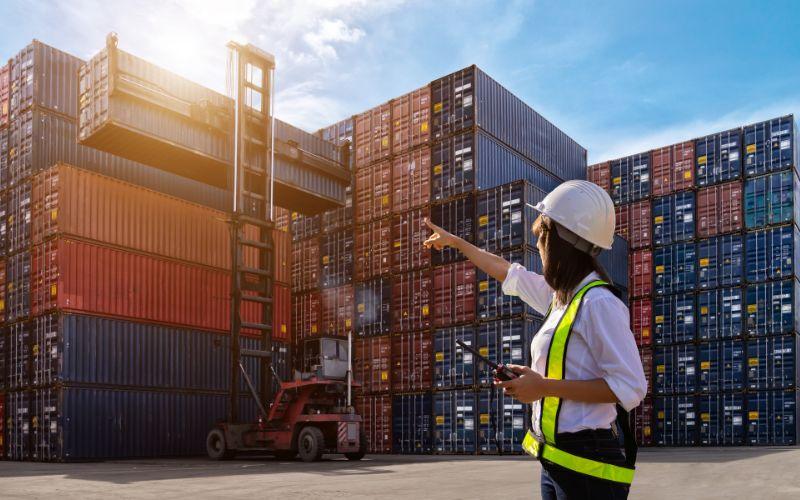By Dipesh Ghimire
Economic Development in Nepal: Status and Challenges

Current Status of Economic Development in Nepal
Nepal's economic growth has been affected by global factors like the Russia-Ukraine war, rising petroleum prices, and supply chain disruptions. Key highlights include:
Economic Growth Rate: Estimated at 2.16% in FY 2079/80, compared to 5.26% in the previous year.
Sectoral Contribution to GDP:
Agriculture: 24.1%
Non-Agriculture Sectors: 75.9%
Service Sector: Largest contributor, with 62.4% share.
Per Capita GDP: NPR 182,683, with a per capita national income of USD 1,410.
Inflation: Annual average consumer inflation recorded at 7.74%.
Despite advancements in education, health, and infrastructure over 67 years of planned development, significant challenges persist, including high poverty rates (15.1%) and unemployment (11.4%). Youth migration for employment remains a critical issue, reflecting limited domestic opportunities.
Challenges in Economic Development
Achieving Inclusive and Sustainable Growth:
Nepal needs to commercialize agriculture, expand industrial sectors, and improve service quality. Broadening the revenue base and prioritizing budget allocation are crucial.Job Creation:
Over 2,000 youths leave the country daily for employment. Creating productive domestic jobs is essential to retaining the workforce. Investments in priority sectors like hydropower, tourism, and information technology can address this.Increasing Productivity:
There is a need to align workforce skills with market demand and encourage innovation-based industries. Utilizing remittance income for productive purposes and improving access to markets are vital.Reducing Poverty and Inequality:
Targeted programs to alleviate absolute and multidimensional poverty are necessary. Enhancing access to quality education, healthcare, and safe drinking water can significantly improve human capital.Strengthening Federal Coordination:
Effective coordination among federal, provincial, and local governments is required for balanced development. Addressing resource allocation and institutional capacity gaps is crucial.Climate Resilience:
Nepal must adopt green energy, disaster risk reduction measures, and climate-resilient infrastructure to ensure sustainable development.Investment-Friendly Environment:
Simplifying foreign investment procedures, ensuring reliable energy supply, and promoting competitive industries can attract domestic and foreign investments.Infrastructure Development:
Building accessible, equitable, and resilient infrastructure is critical for inclusive growth. Emphasis should be placed on urbanization, integrated settlements, and sustainable development.
Nepal is rich in natural resources and cultural heritage, yet economic development has lagged compared to countries like South Korea and Malaysia, which were at similar stages of development in the 1960s. Nepal is set to graduate to a developing country status by 2026. To achieve sustainable development and global recognition, all stakeholders, including governments at all levels, the private sector, cooperatives, non-governmental organizations, and civil society, must work collaboratively and with strong commitment.









